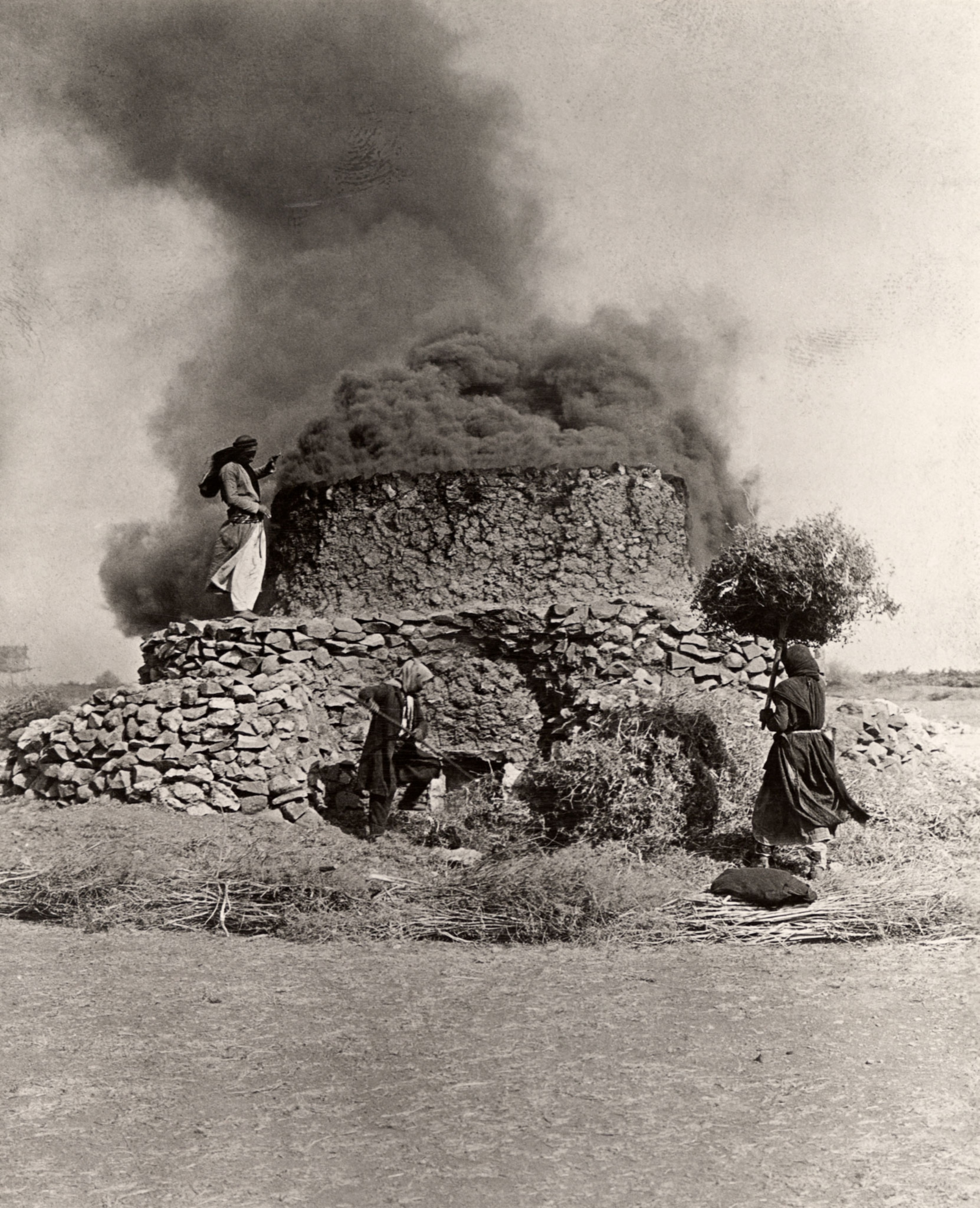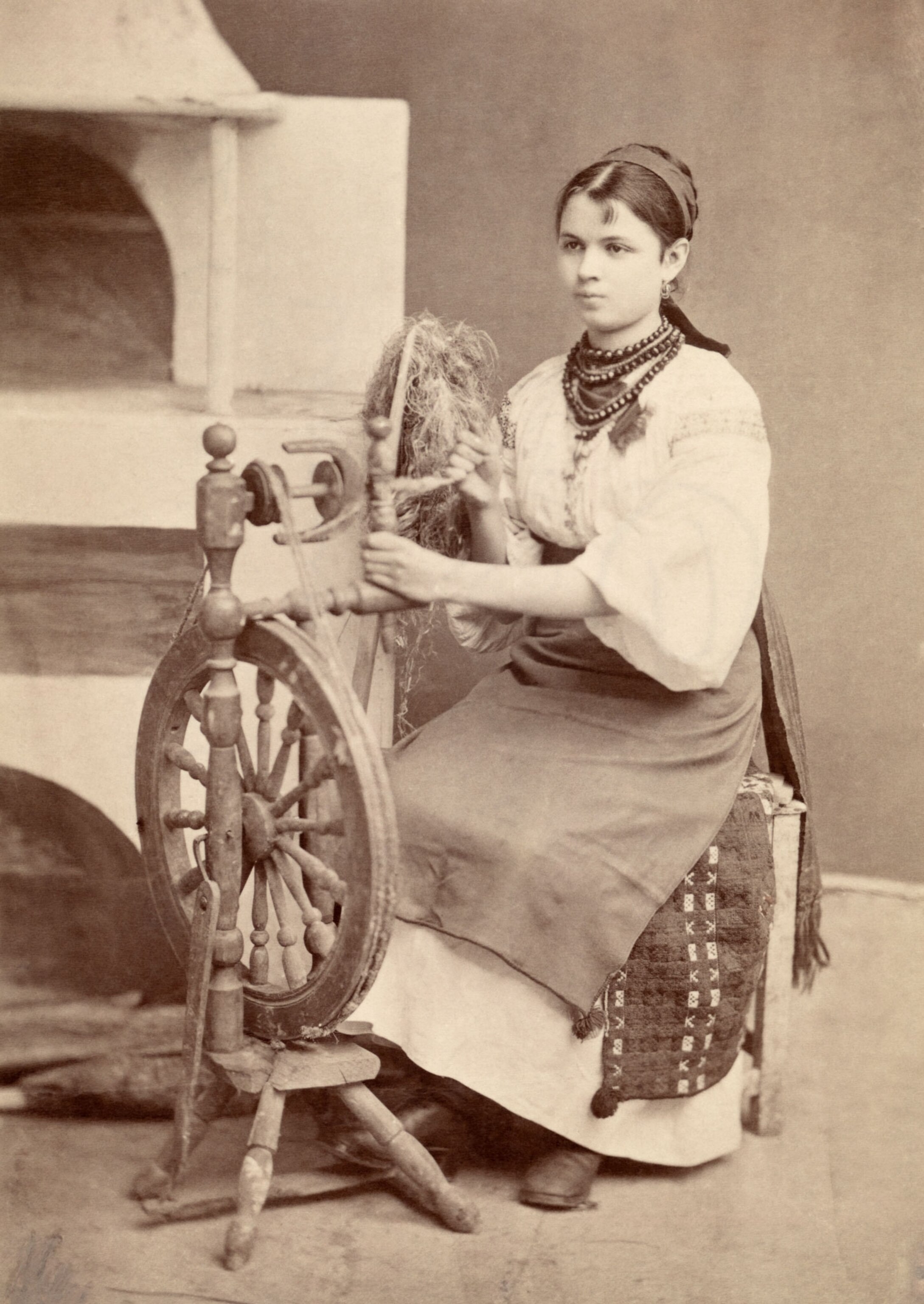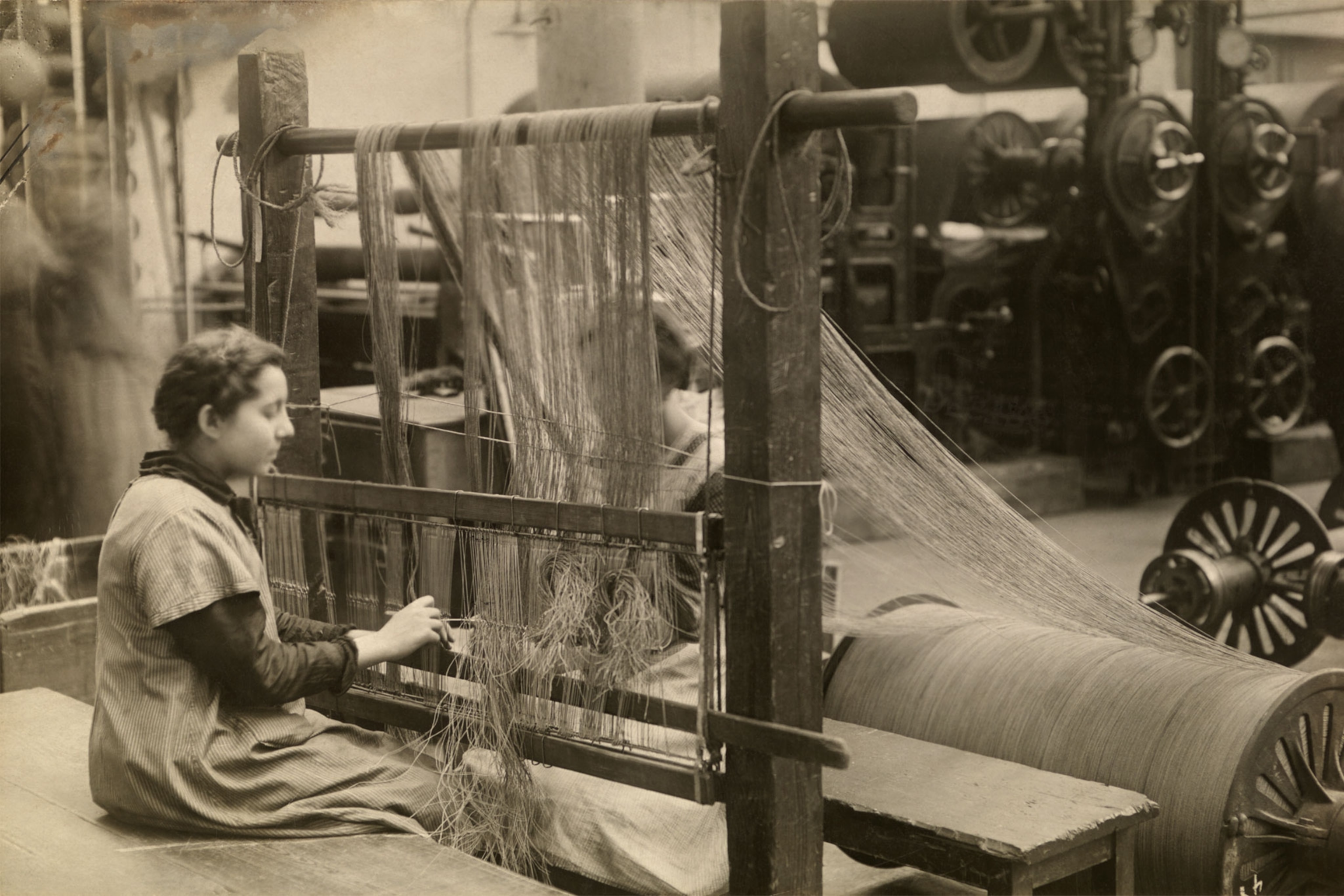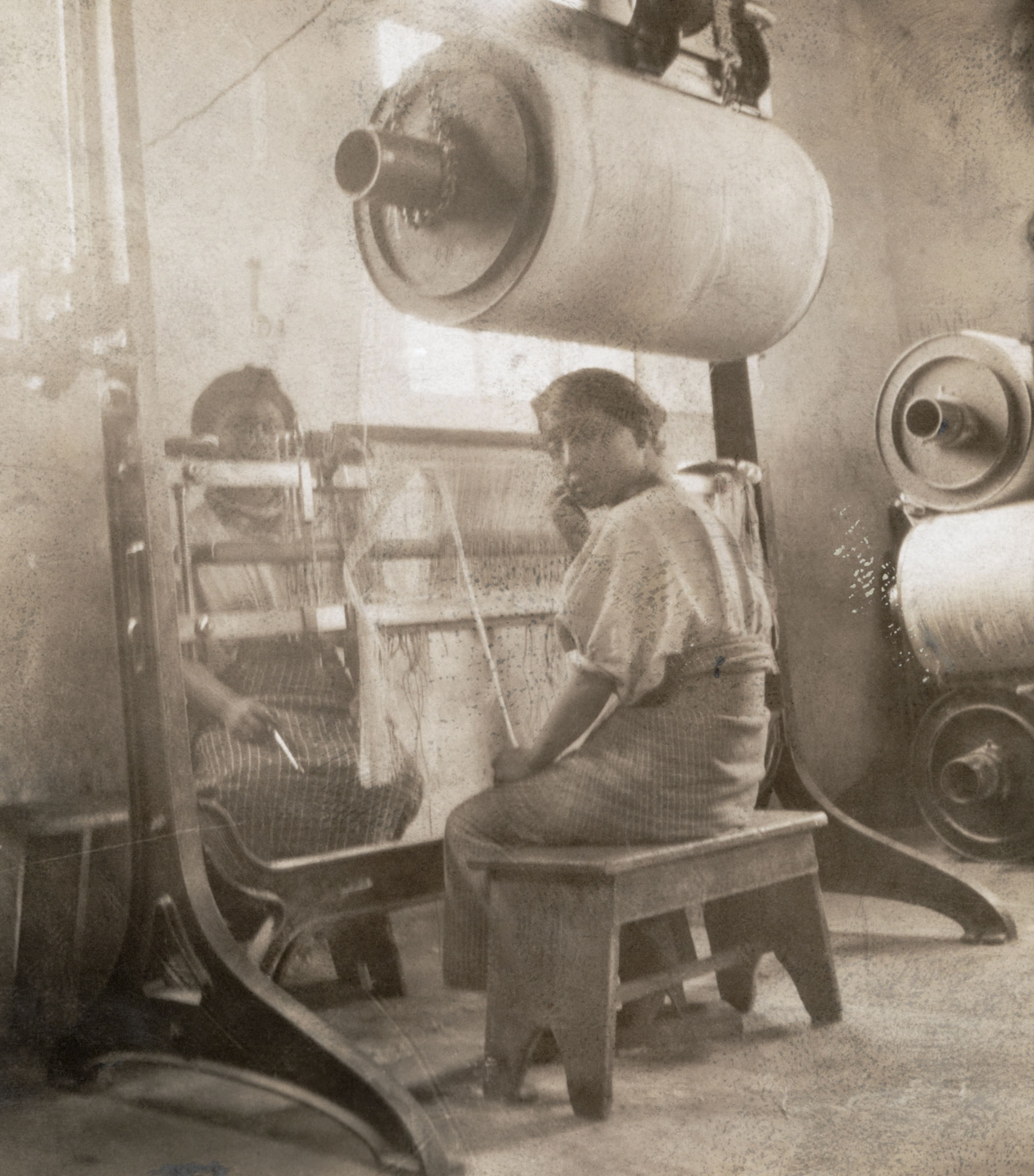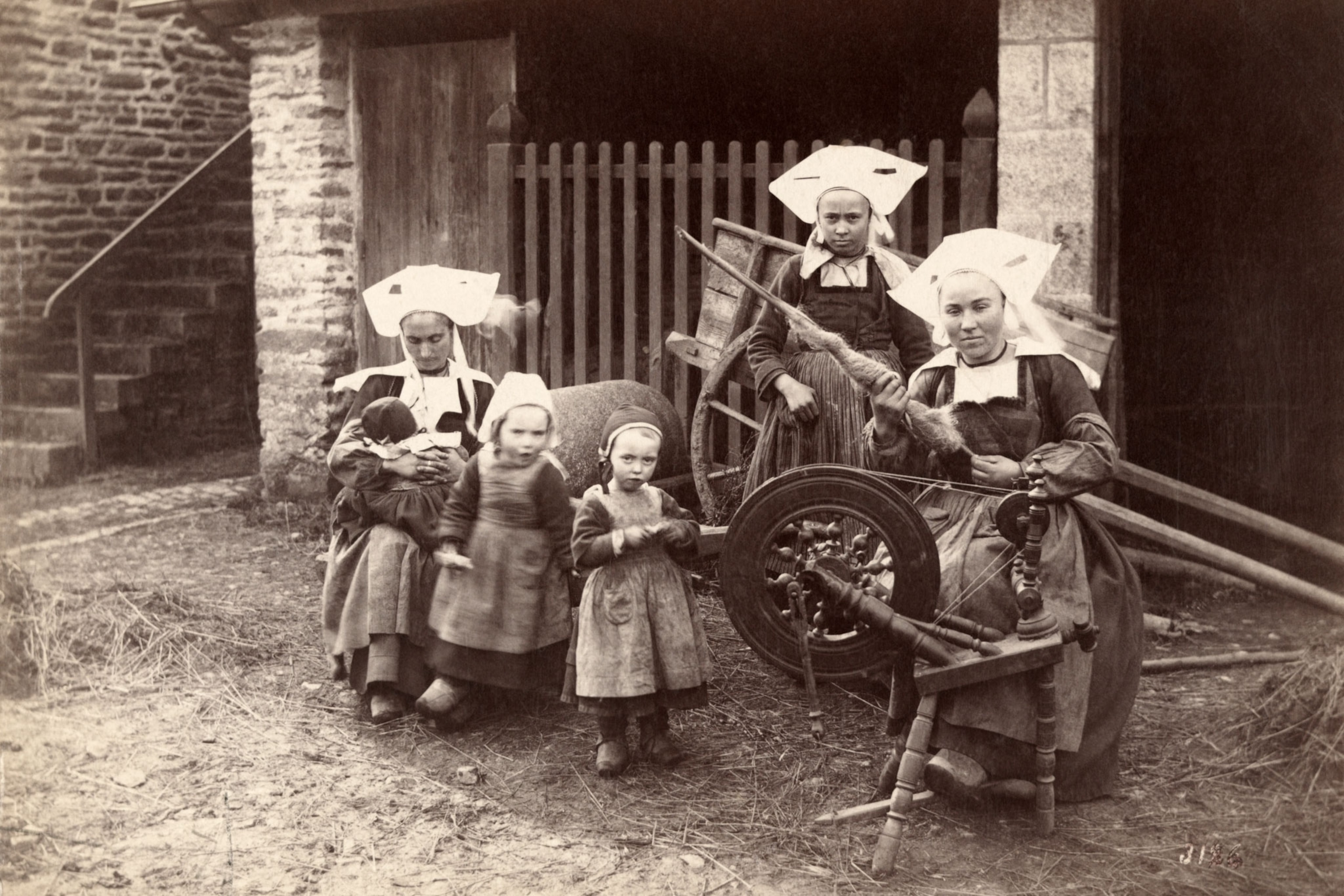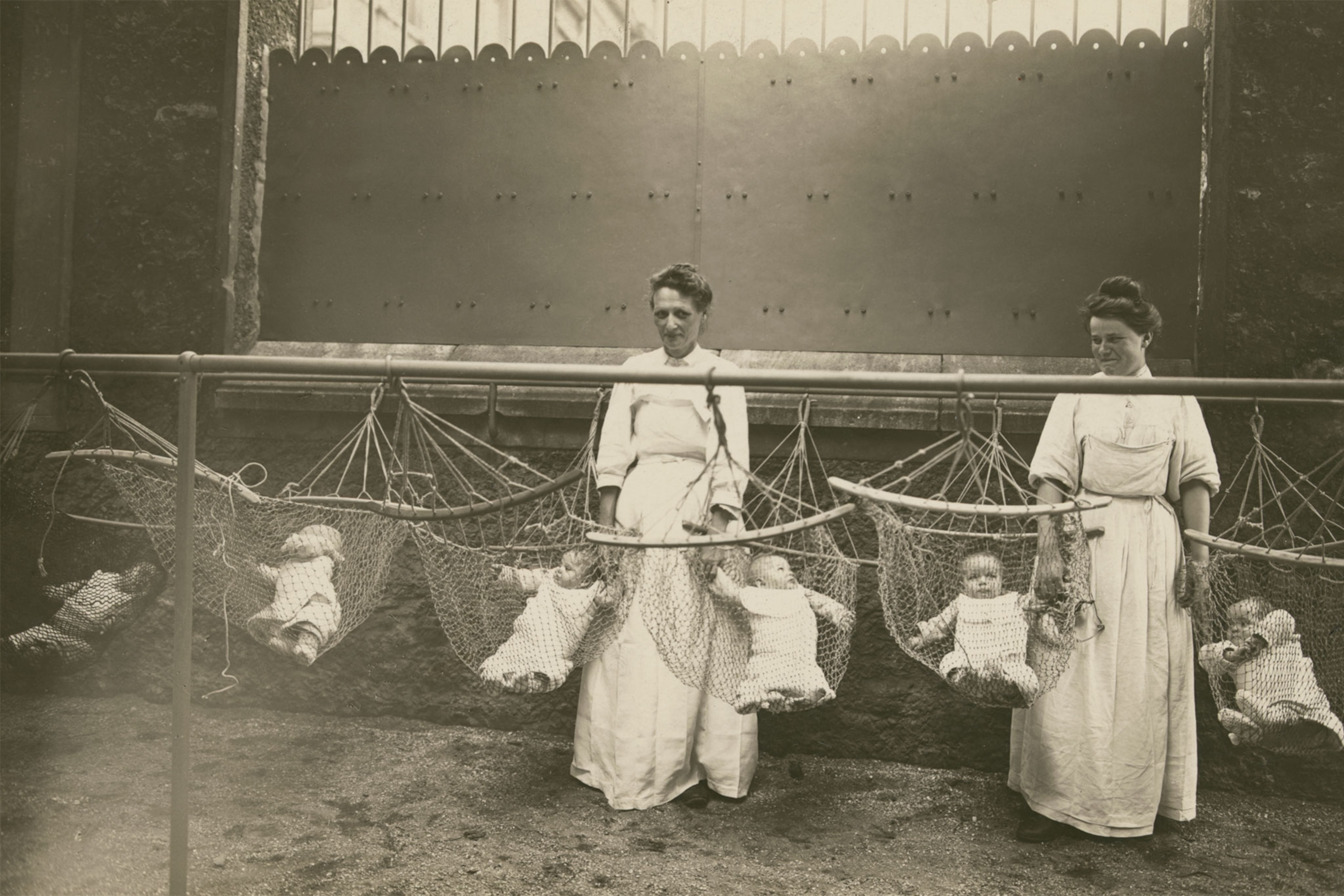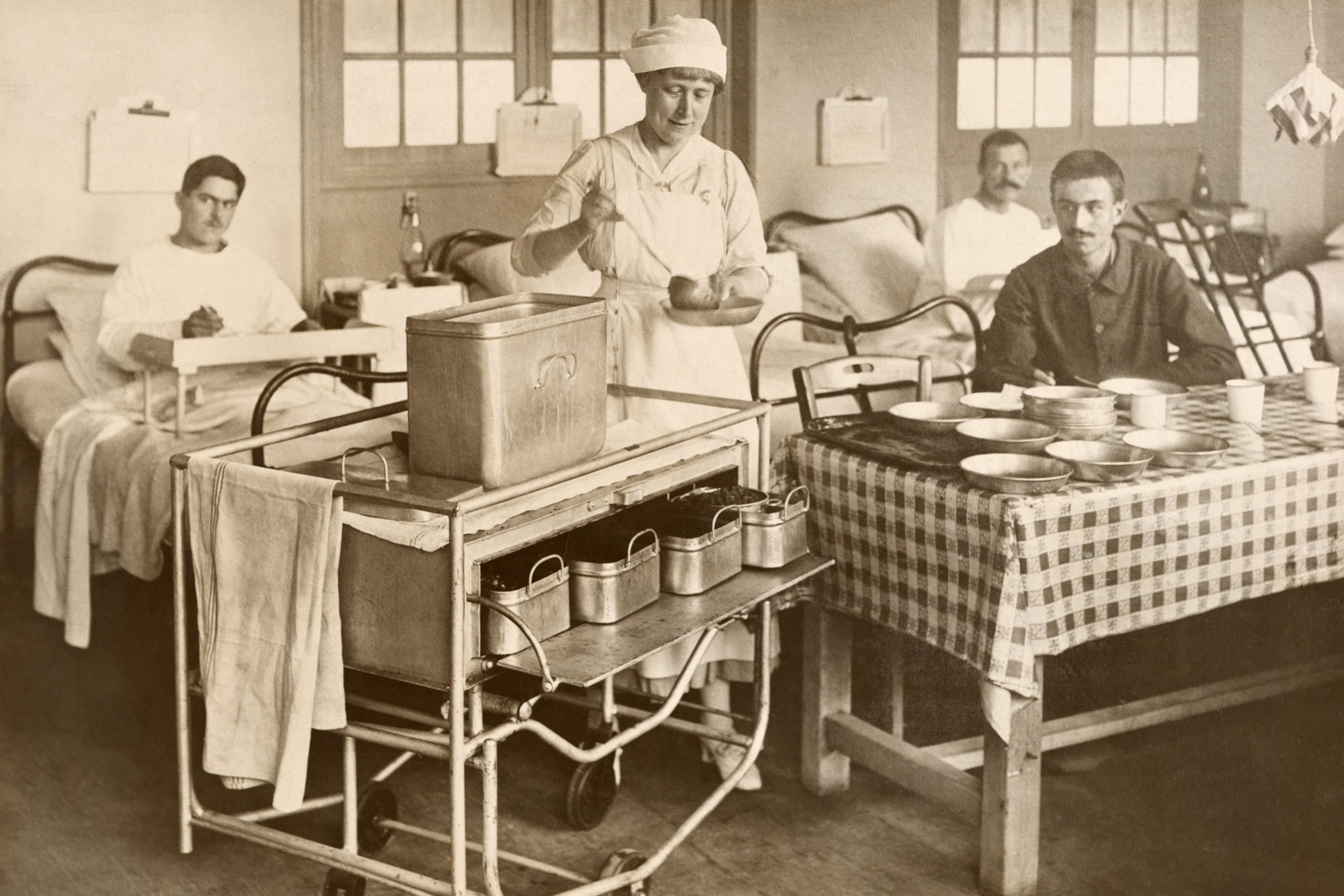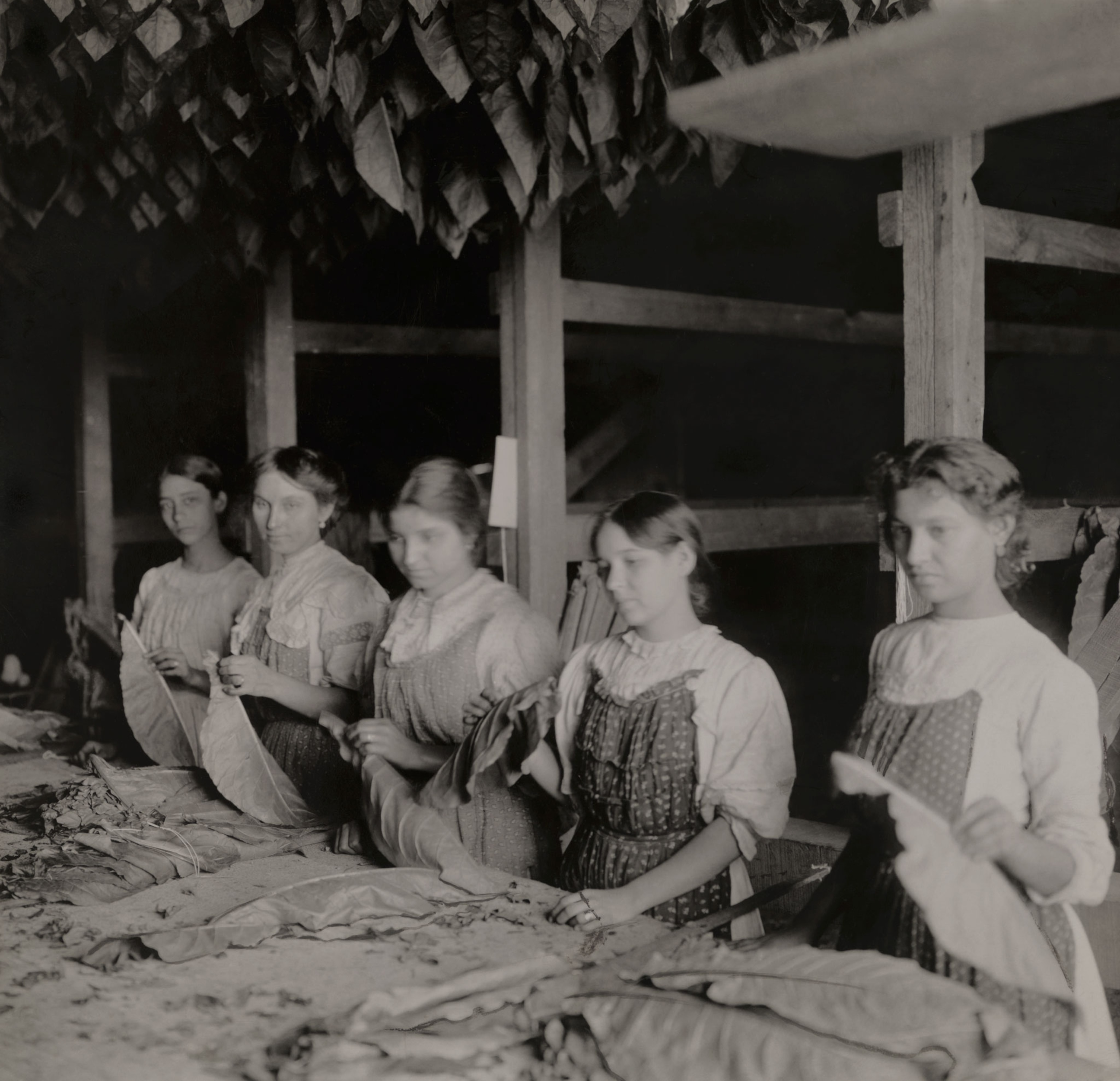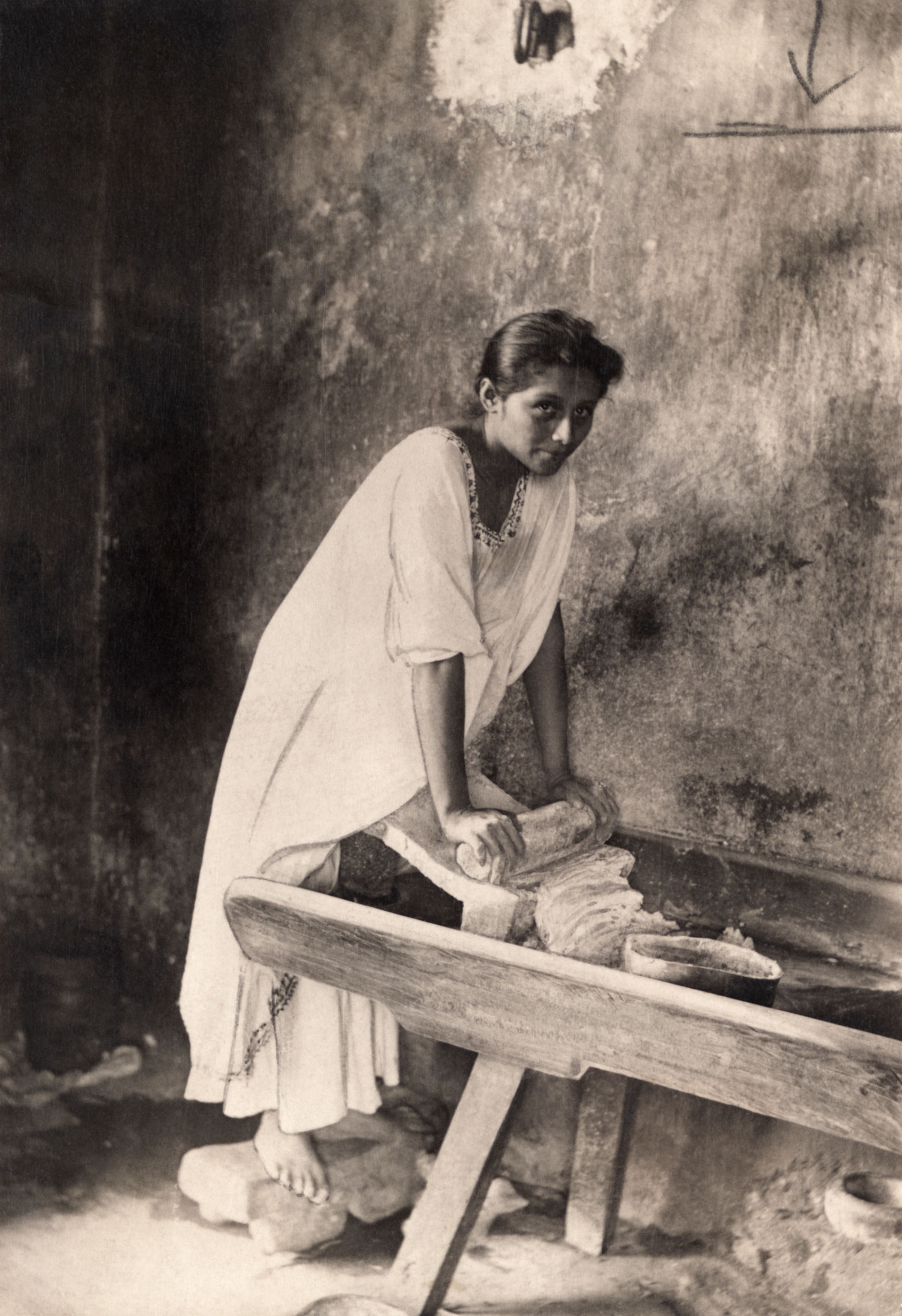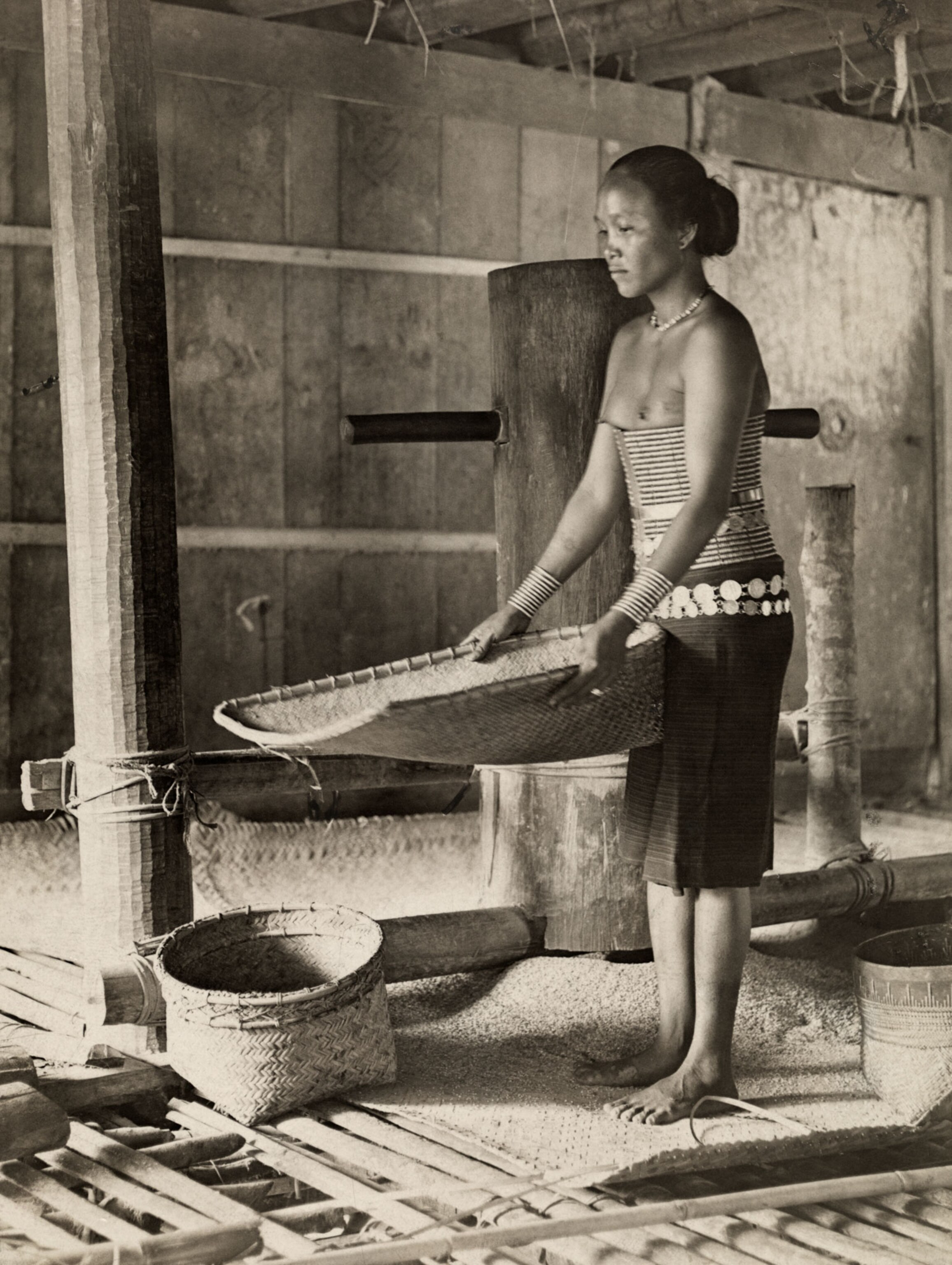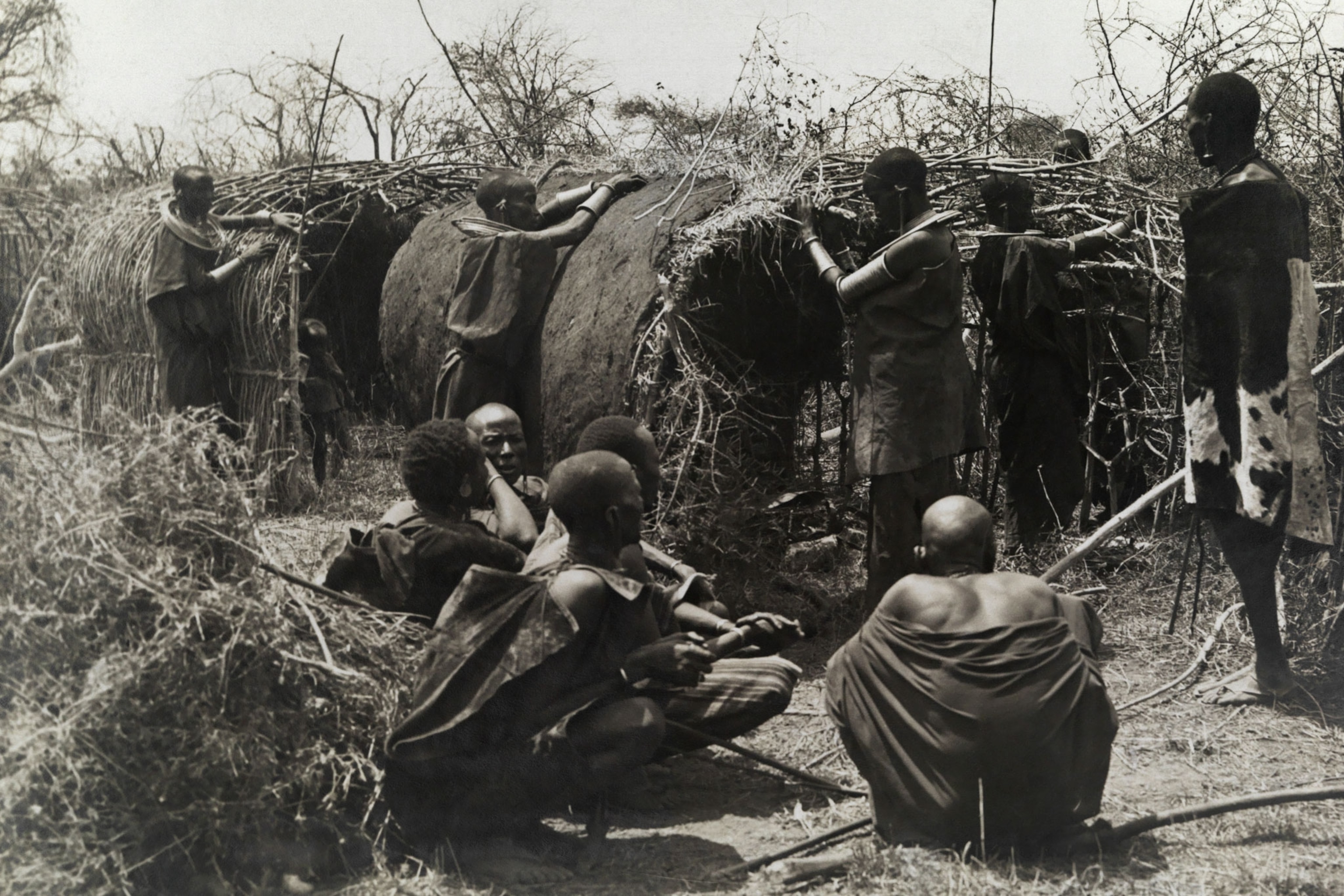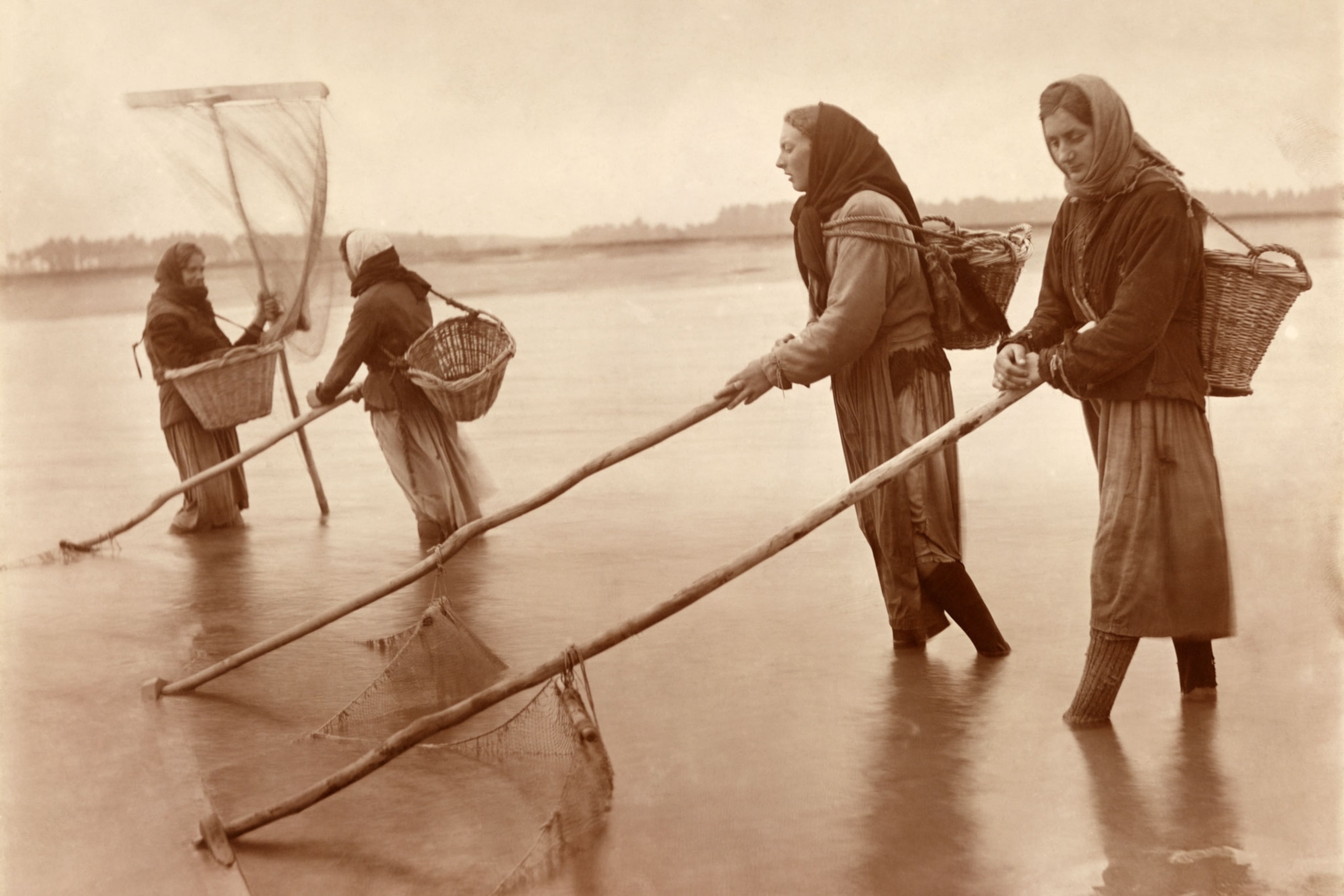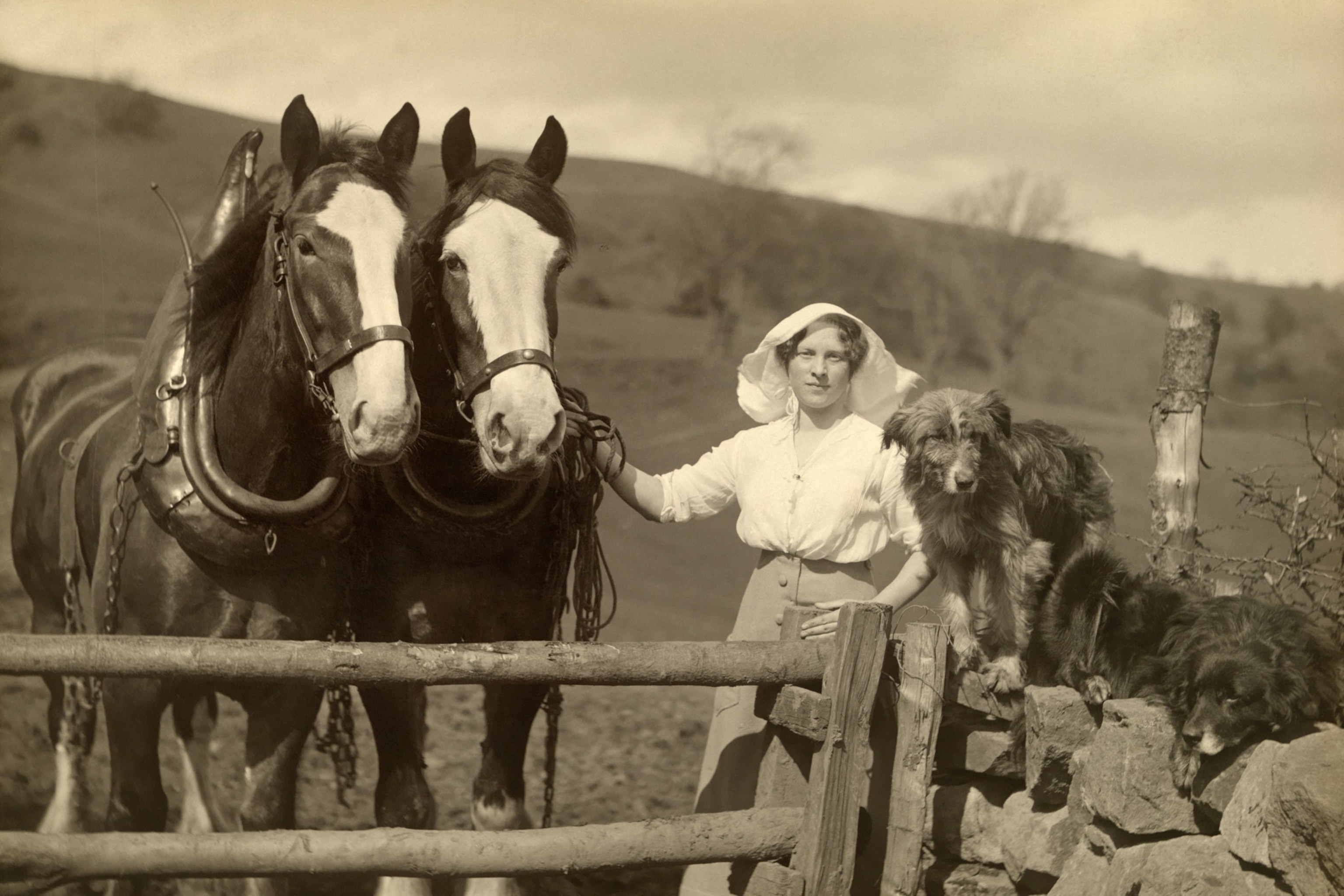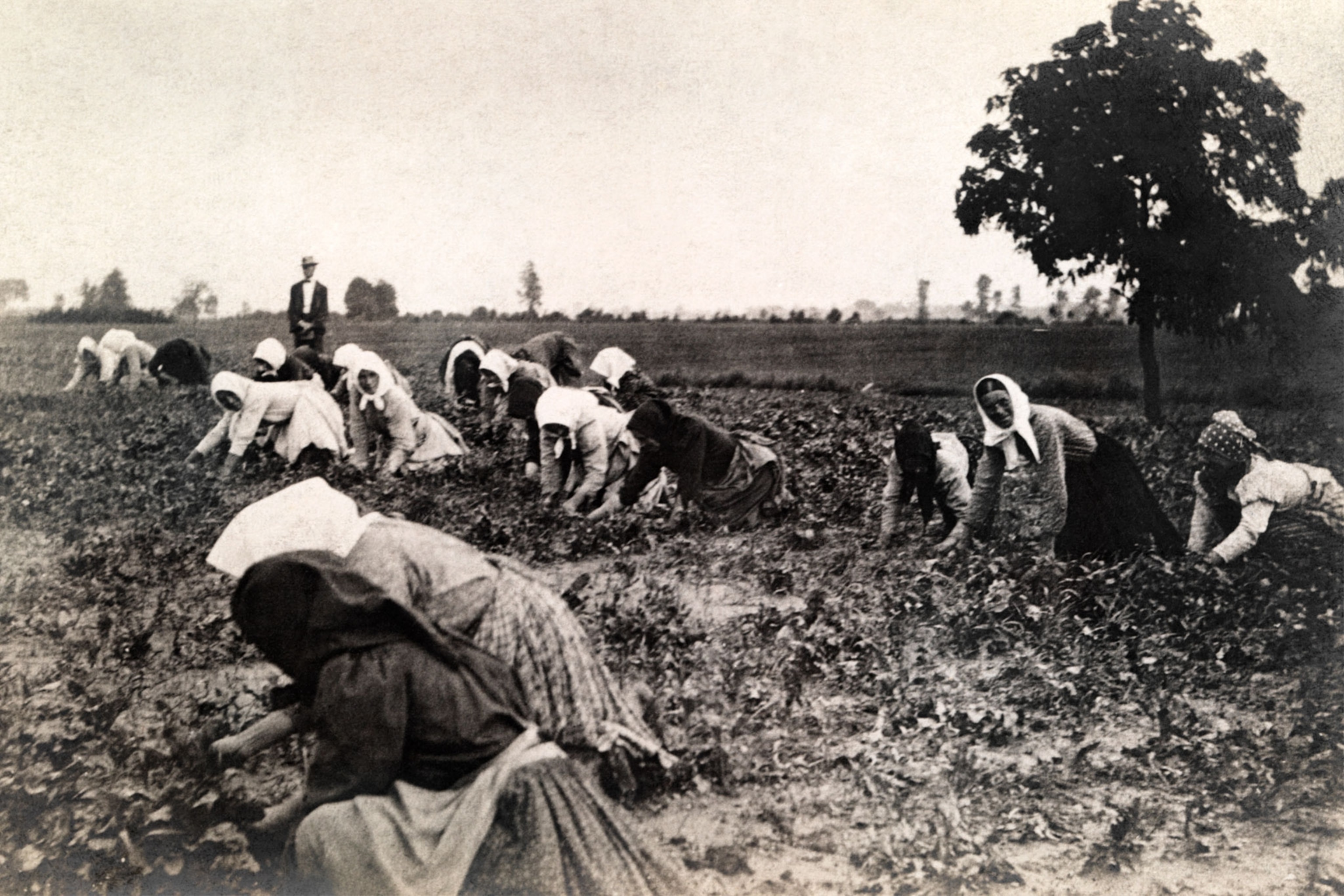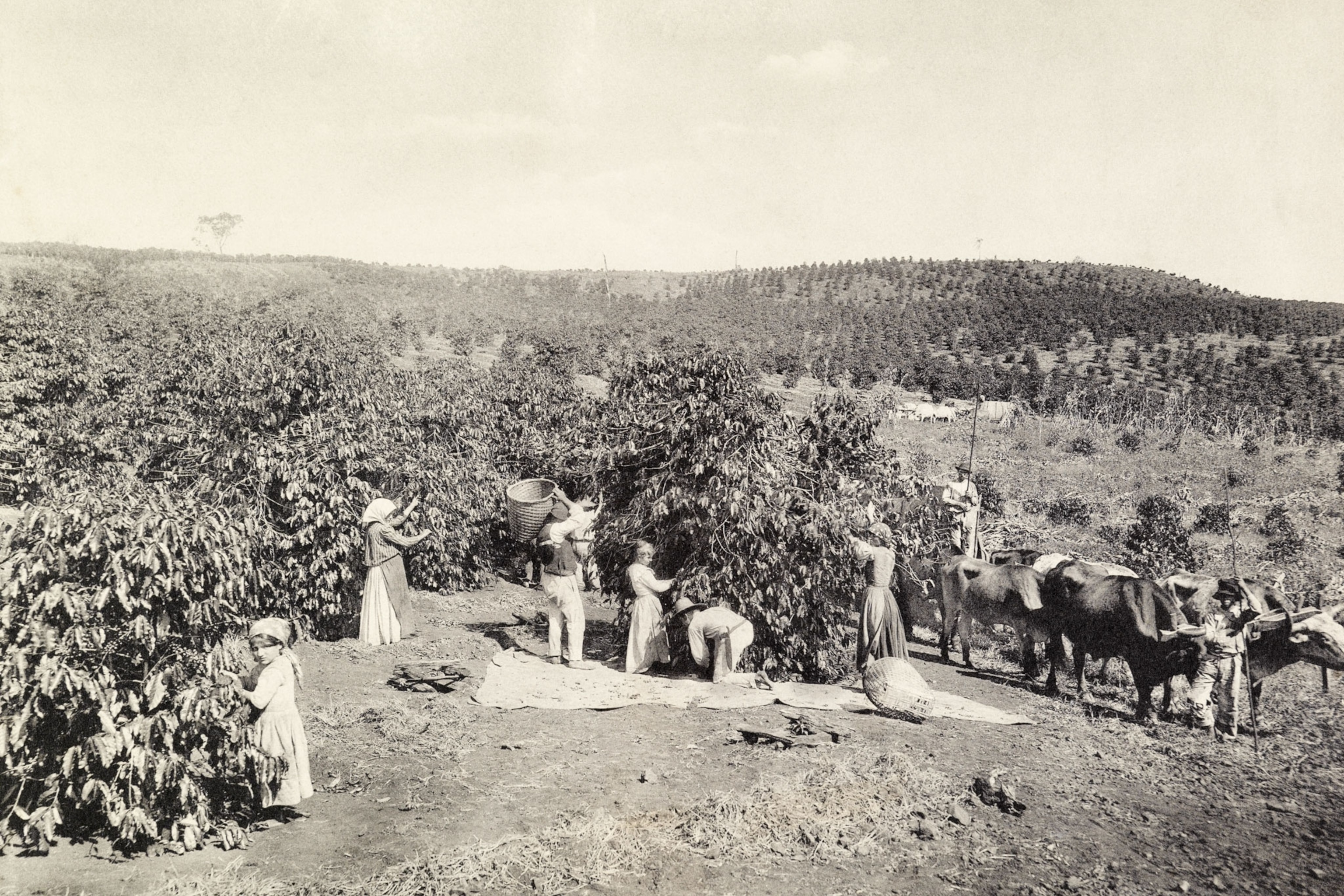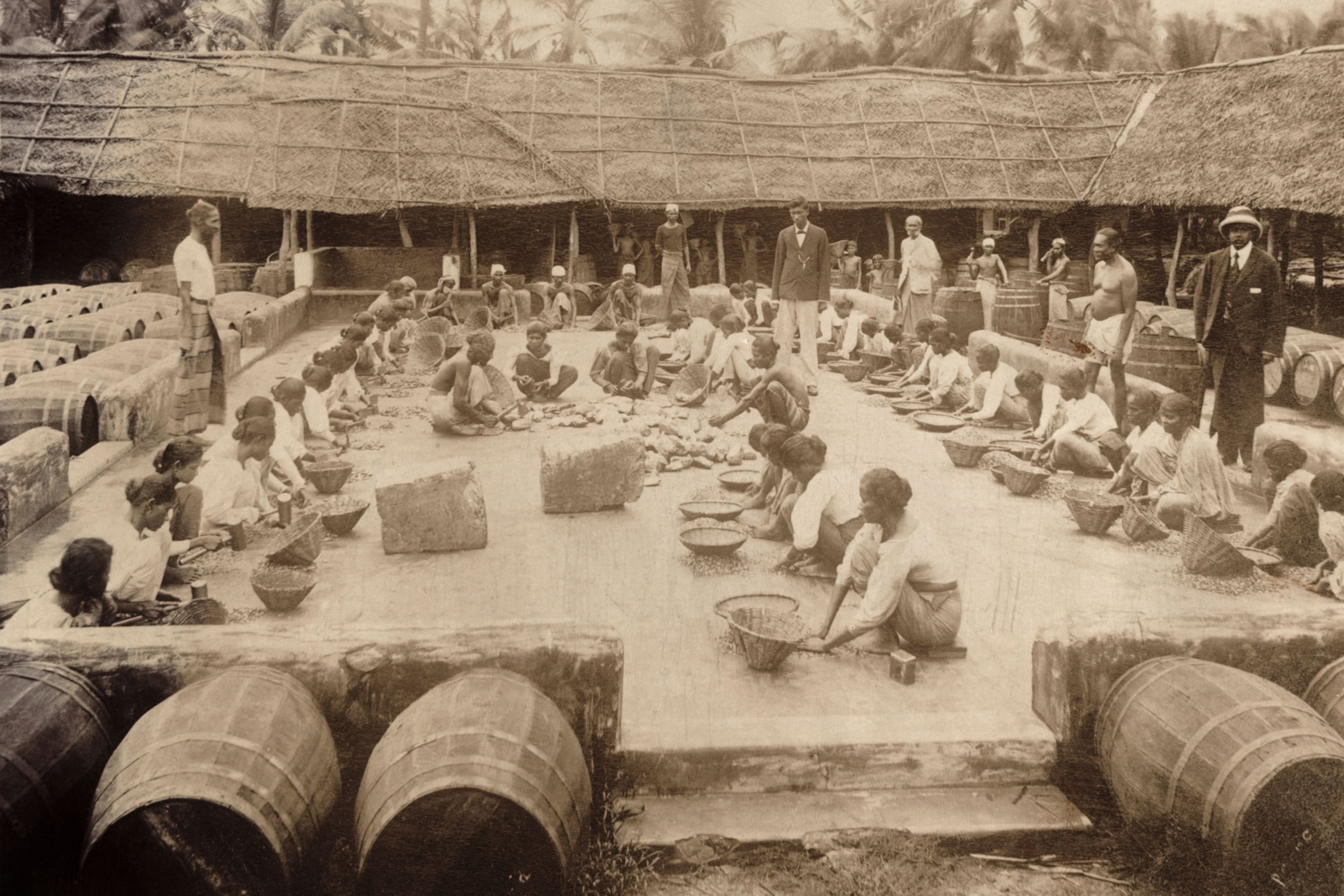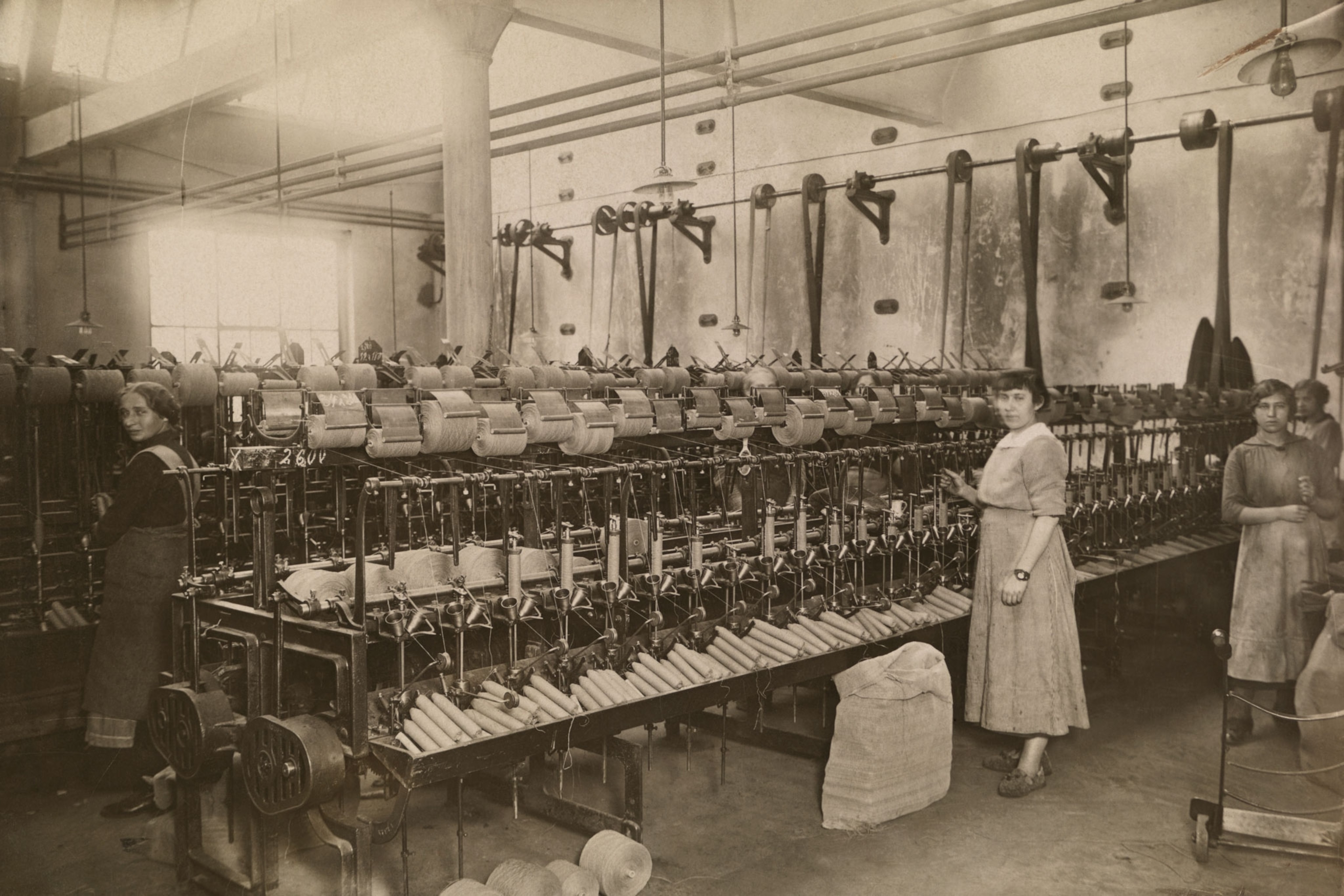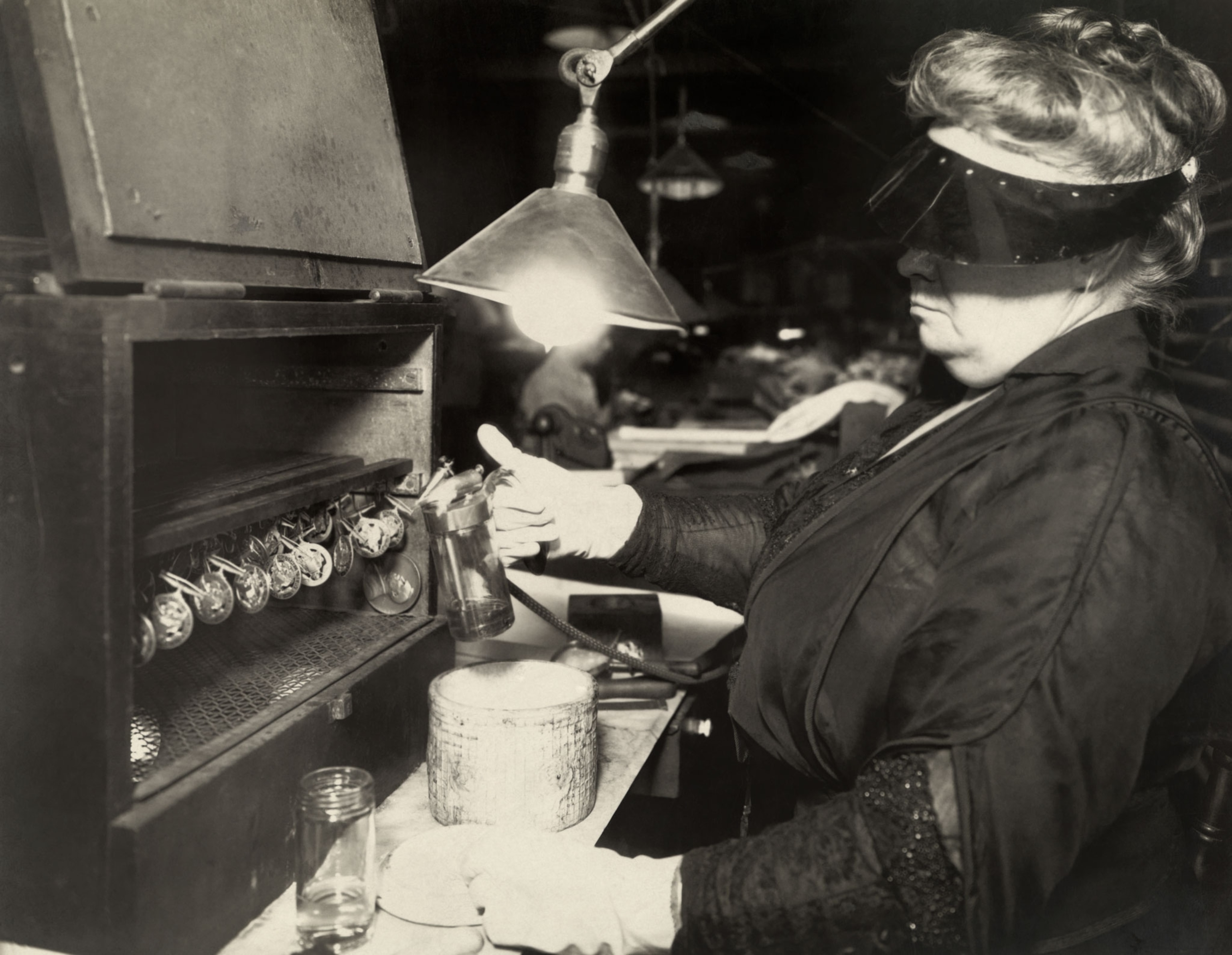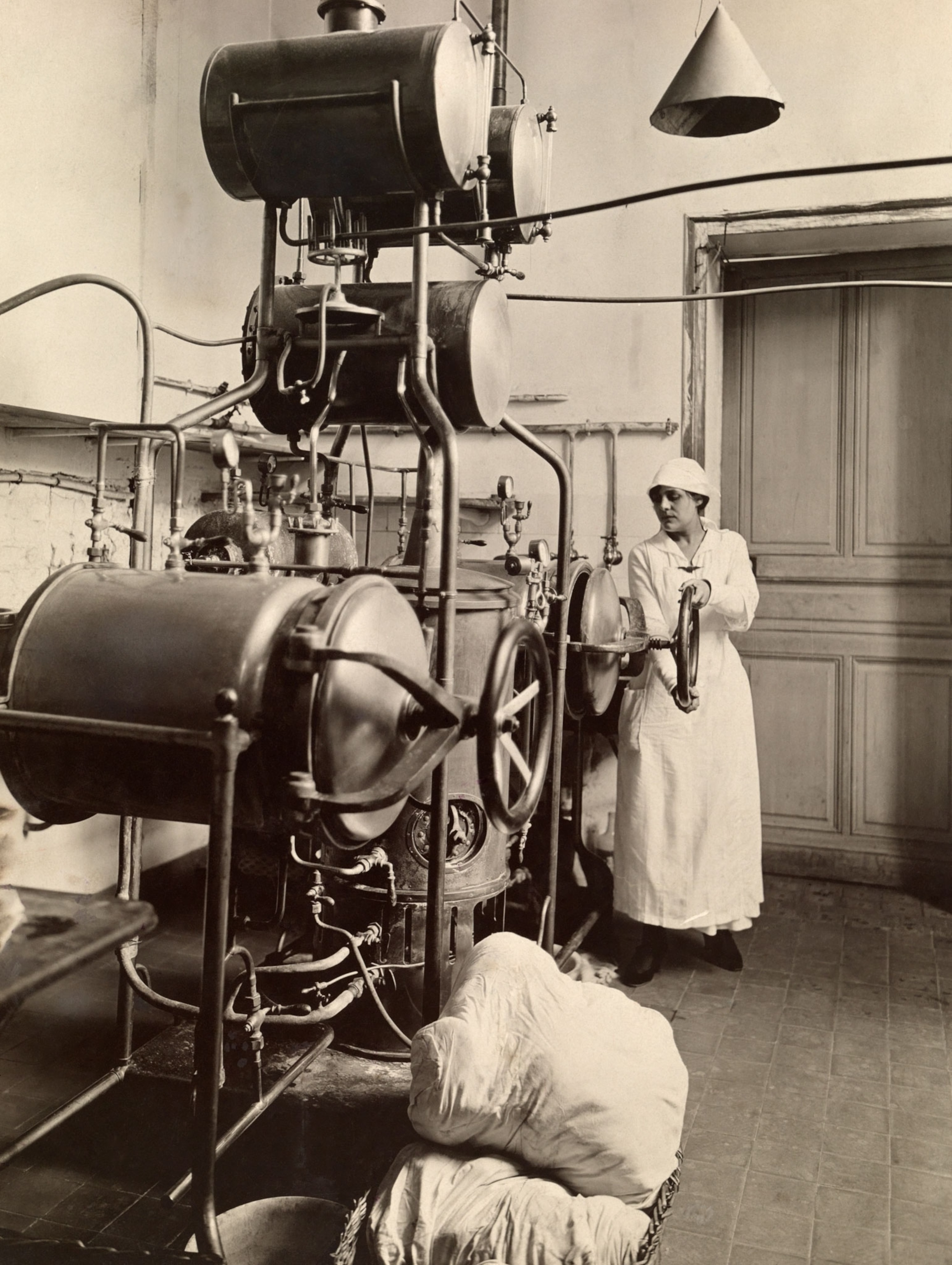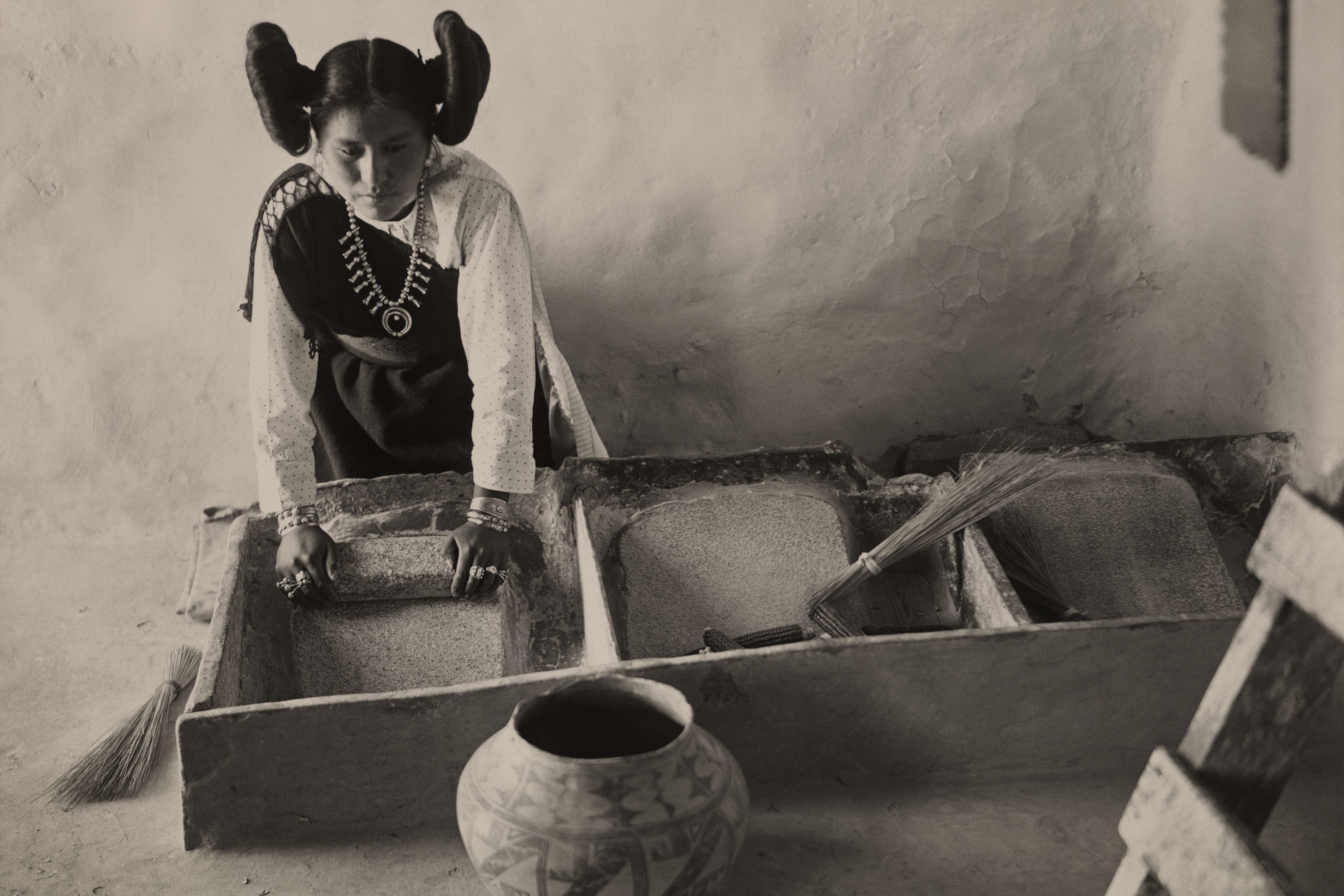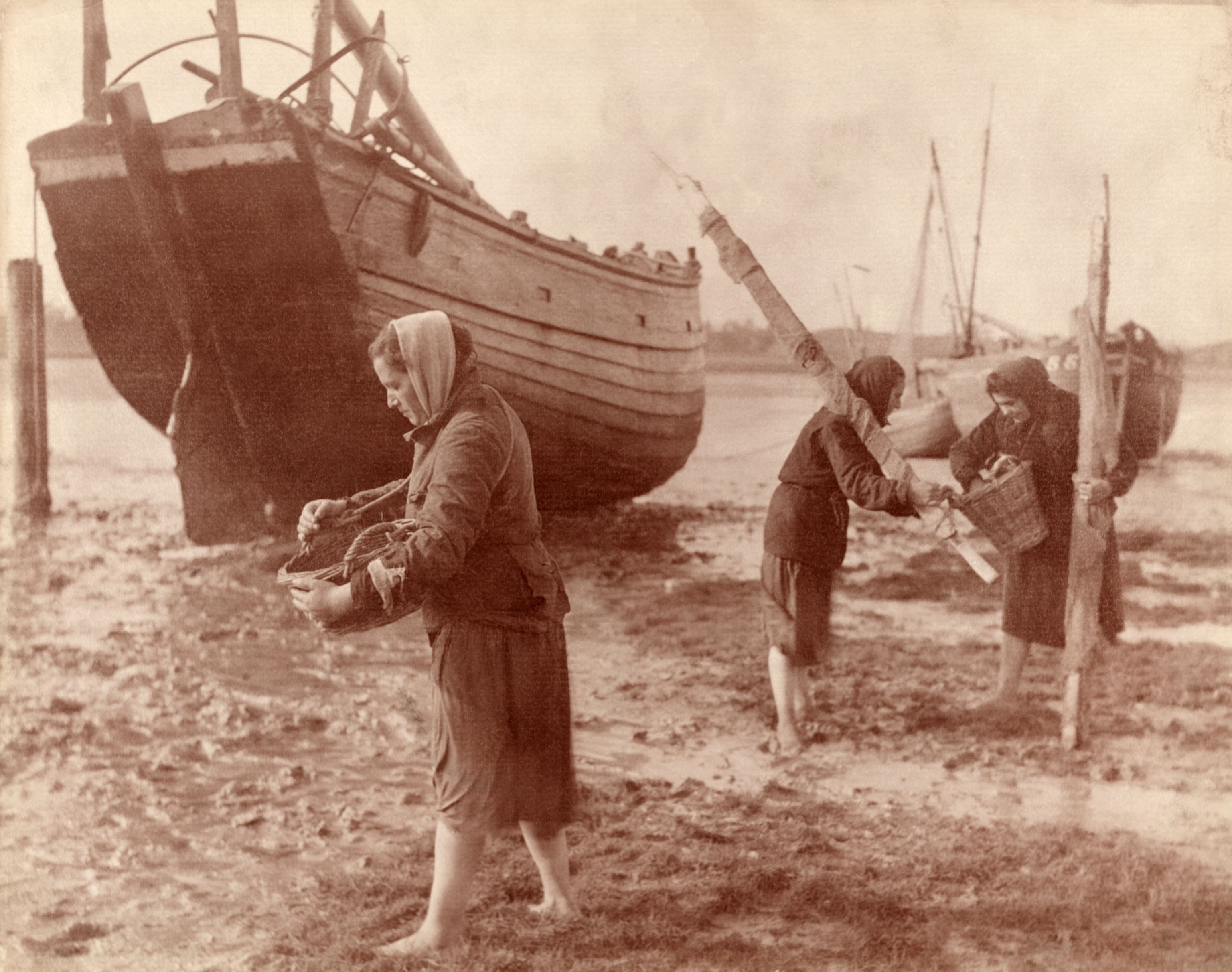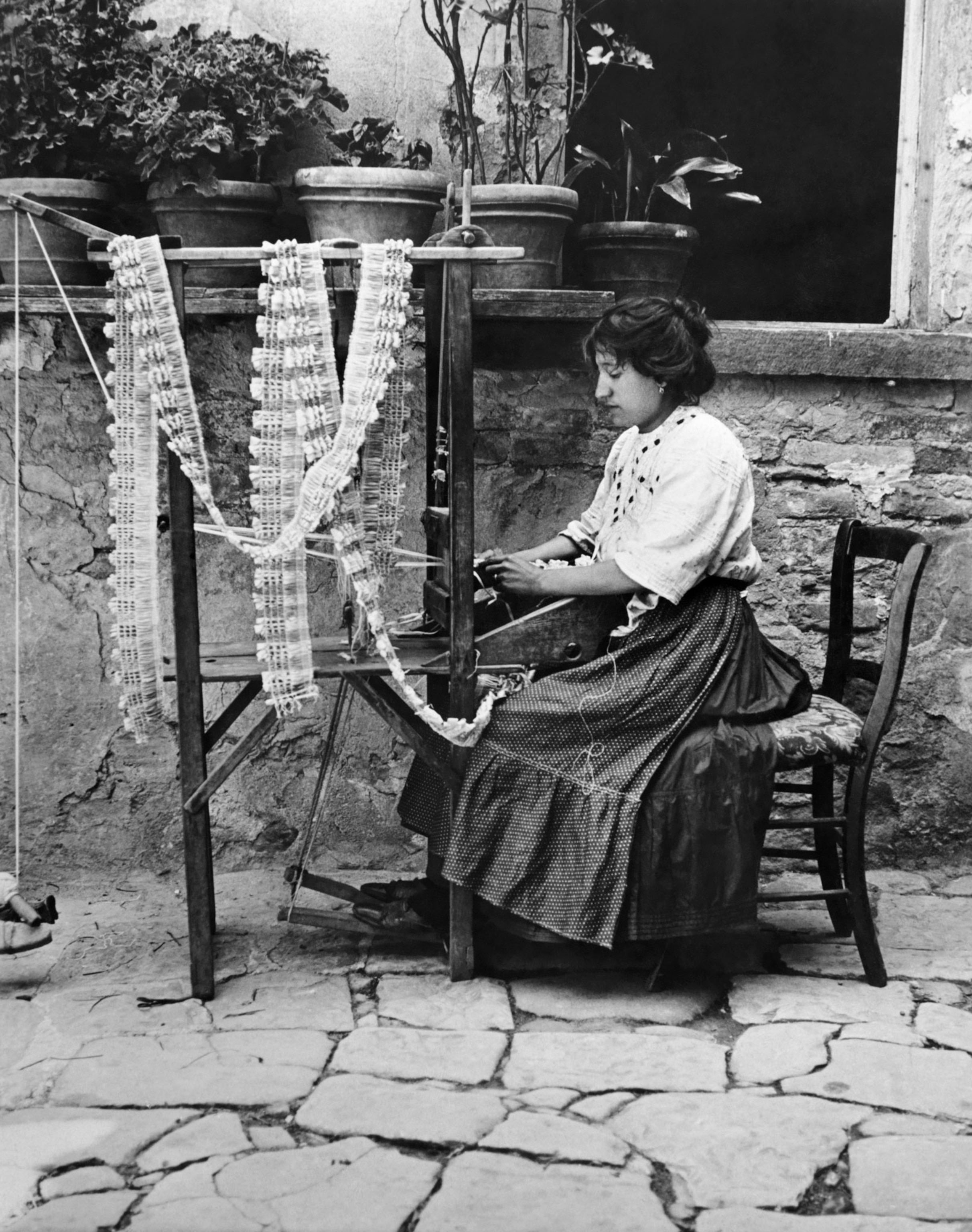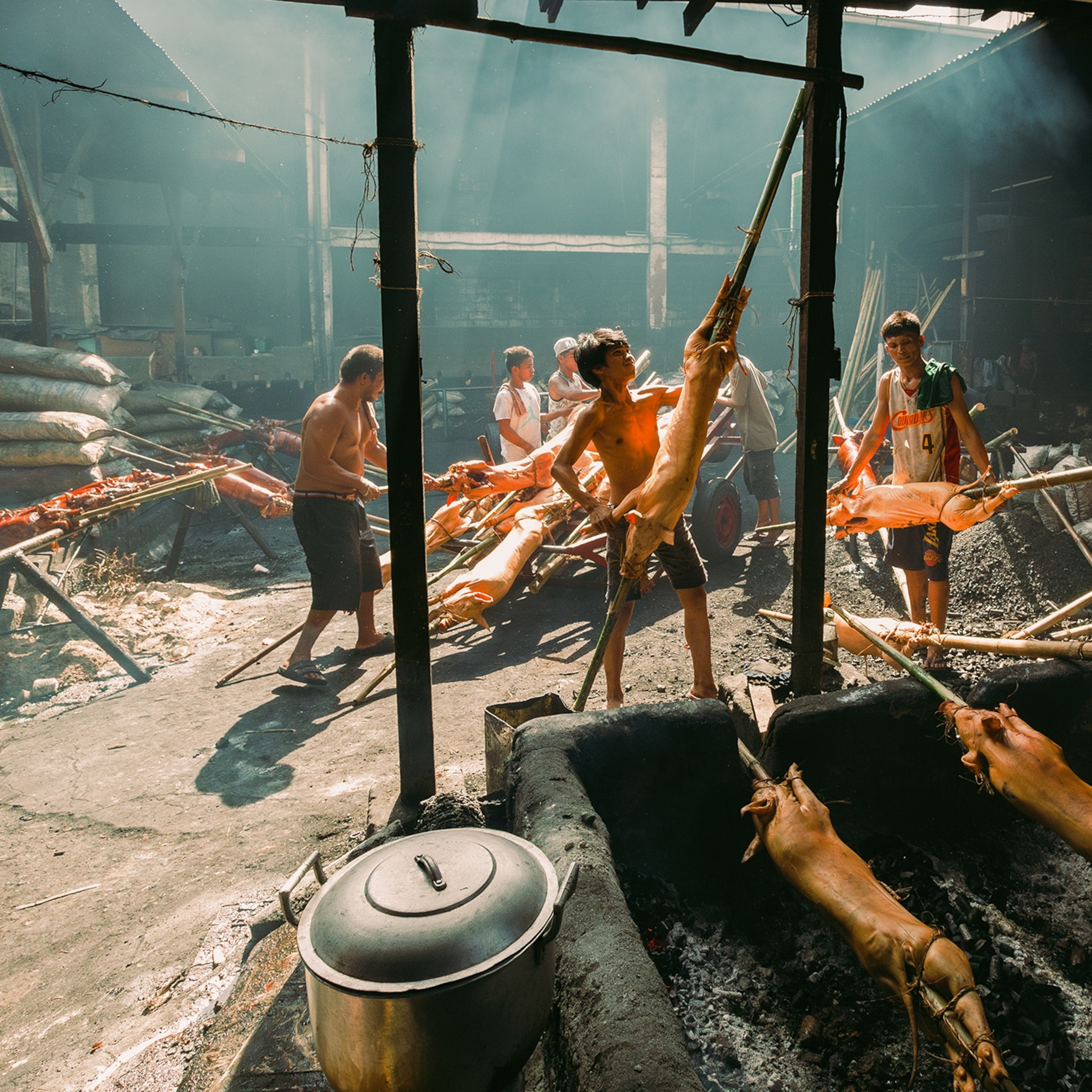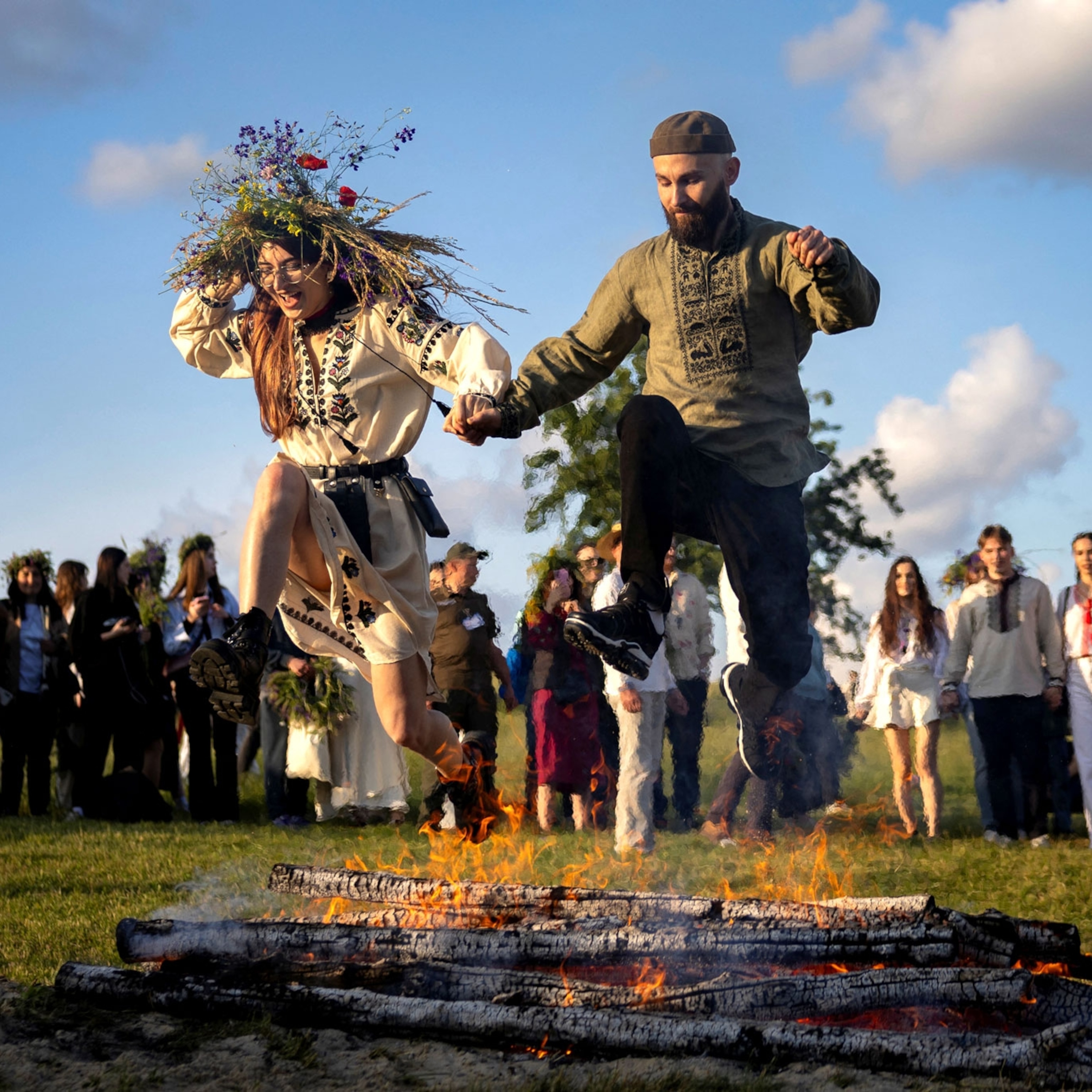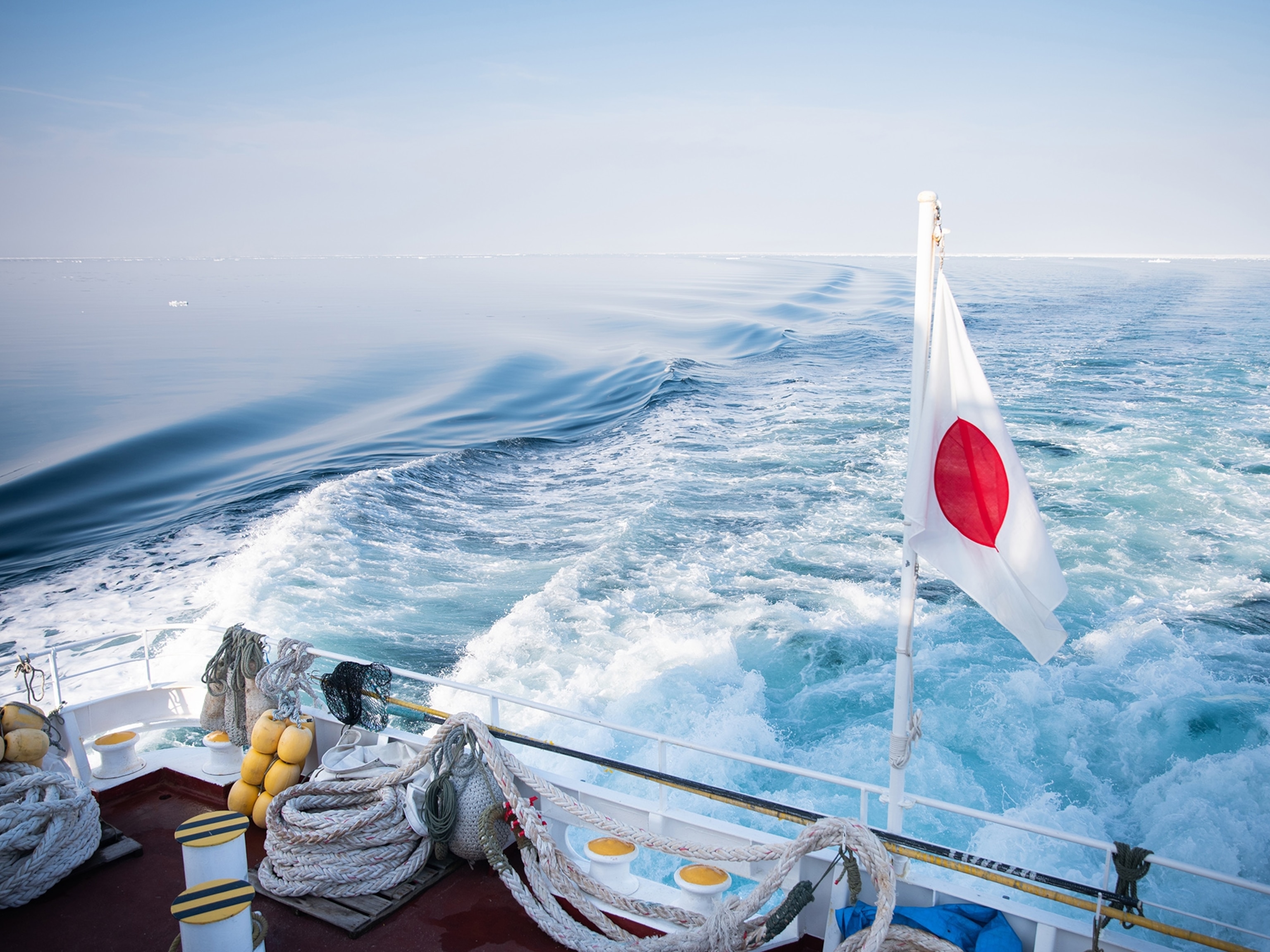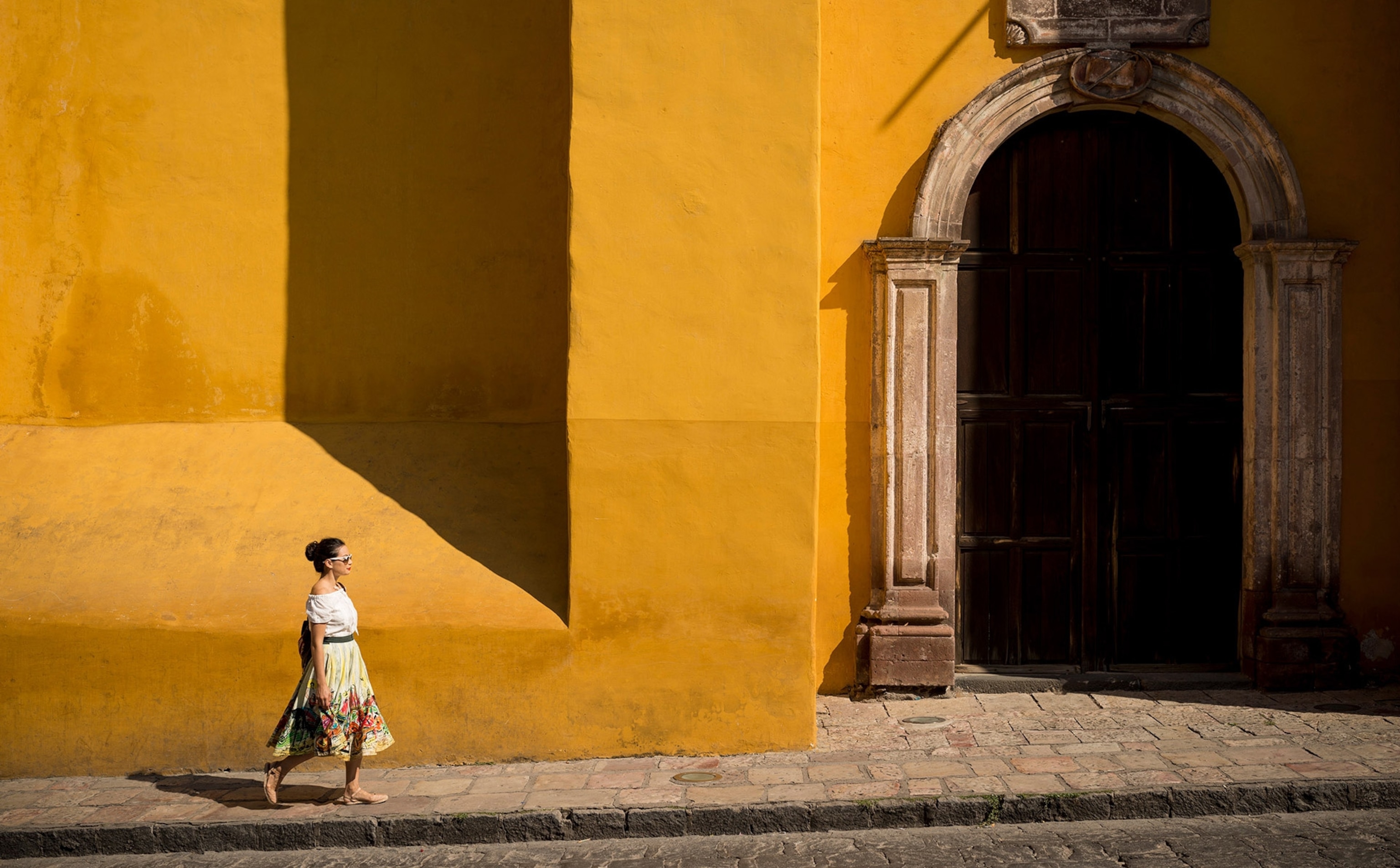
The future of travel is female. Here’s why.
Women-focused tours are changing the world one trip at a time.
Four years ago, Shelly Kacergis joined a women’s trip to Kenya with Global Heart Journeys. It changed her life. Instead of following the typical tourist itinerary, Kacergis spent time with locals, bonding with female tea farmers and villagers at schools, orphanages, and craft markets.
Moved by the stories she heard, she came home to Atlanta and retired early from a career in banking to start a venture with one of her new friends. The program they launched, which helps women in Kenya gain financial independence as chicken farmers, now supports nearly 100 female farmers.
“The trip opened up a whole new world to me,” she says.
Like many Western travelers, Kacergis felt transformed by African travel. But her experience speaks to the power of female-focused travel amid the ripple effects of the #MeToo movement and the groundswell of women touring the globe with purpose.
“Woman-to-woman travel is one of the greatest unexplored frontiers,” asserts Global Heart Journeys founder Linda Higdon. About 17 years ago she traded her successful career as a classical pianist to work with women in the developing world. “It could entirely change the way we think about travel.”
In other words, the future of women’s travel is, well, female—from CEOs pushing new boundaries to locals calling the shots in the field.
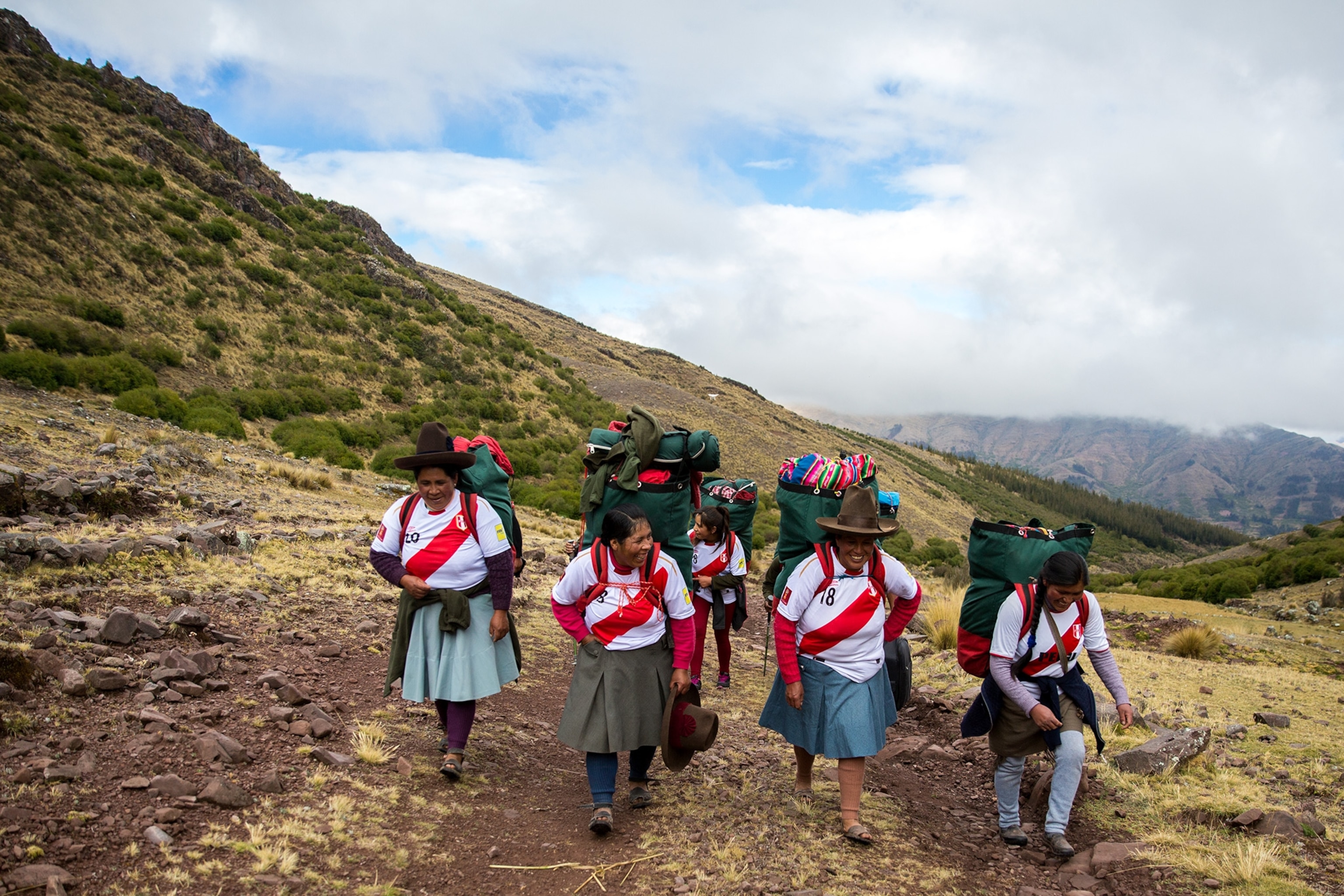
A growing trend
Women-focused travel companies have existed on the fringes of the tourism industry since the late 1970s. And yet, when Wild Women Expeditions got its start with all-female canoe trips in Ontario in 1991, “women-only travel was the laughingstock of the outdoor adventure travel world,” says Jennifer Haddow, the outfitter’s current owner.
Now the niche has hit the mainstream. Three years ago, REI Adventures rolled out a collection of women’s trips—all led by local female guides—as part of a campaign to help “level the playing field” outdoors. In 2018, tour outfitter MT Sobek celebrated its 50th anniversary with a new line of women’s-only adventures.
‘Microcations’ and carbon offsetting: Here are a few more travel trends to watch.
Nicole Wineland-Thomson, part of the mother-daughter team behind AdventureWomen, believes the rise in solo travel has fueled the recent growth. And since safety is a factor for many women, she notes it can be appealing to book with a company dedicated to that market.
Options for women continue to grow, with boutique tour companies now serving everyone from plus-size hikers to lesbian and non-binary travelers.
“Society-wide, we’re working toward removing limitations for women, and travel is just one subsection of that,” says Kelly Lewis, who founded Damesly in 2016 to fill what she saw as a gap in the women’s travel space—pairing creative pursuits with wanderlust. “There are so many new avenues for women to travel the world.”
Enhancing experiences
In many parts of the world, taking men out of the equation expands opportunities for women travelers. In 2018, Australian-based Intrepid Travel launched expeditions that would be off-limits to co-ed groups. Think mingling with locals in a beauty salon in Iran and swimming on a ladies-only beach in Antalya, Turkey.
“When women are together, there are no traditional gender roles anymore. Women just get it, and they get each other,” says Wineland-Thomson. “When you bring in another culture to this environment, women really open up.”
Women are in charge in these places around the world.
Across the board, these trips prioritize support for local women. AdventureWomen’s new Cuba itinerary features artists and women-run restaurants in Havana. Wild Terrains trips spotlight female entrepreneurs, such as jewelry designers in Mexico and winemakers in Portugal. Damesly’s new journey to Uzbekistan includes face time with the female founder of a Tashkent fashion enterprise.
On the adventure circuit, WHOA Travel invites a local woman to join its signature climbs up Mount Kilimanjaro, all expenses paid. “We want to help shift the perspective of what a woman can do,” says co-founder Allison Fleece. Tour companies like hers are built on the concept that women often shine brightest—and let down their guard—in a community of women.
Ripple effects
The rise in female-focused tours means women have more influence in the industry. That translates to more jobs for women on the ground. Wild Women Expeditions commits to hiring local women to lead its globe-spanning trips, an effort that has brought Morocco its first woman mountain guide. In Peru, the pacesetting company hires female porters to assist with Inca Trail treks and goes a step further with training programs that empower Peruvian women to pursue this unconventional career path.
Read about Peru’s trailblazing women porters on the Inca Trail.

For some, giving women leading roles in the travel industry is a type of grassroots feminism. After surviving domestic violence, traveler Rocio Vazquez Landeta launched Eat Like a Local walking tours in Mexico City and made the decision to employ women only. “It’s my way of taking a stand,” she says. “As a woman in a powerful position, it is my responsibility to create better opportunities for other women.”
Deborah Calmeyer shares that mindset. In planning luxury safari provider Roar Africa’s women’s-empowerment retreat last year in her native South Africa, she tapped women for all positions, from chefs to pilots. Finding trackers to lead the group’s safari drives, however, proved challenging. South Africa’s first and only qualified female tracker drove one vehicle, while a pair of male trackers drove the other trucks.
Sometimes, changing just one mind is victory enough. “We asked one of the [male trackers], ‘Would you see your daughter doing this job?’” Calmeyer recounts. “He said no, outright. By the end of the trip, he tapped me on the shoulder and said, ‘Yeah, my daughter can do this.’”
- National Geographic Expeditions

